
Let's meet
Level 16, Wisma UOA Damansara II, No 6, Changkat Semantan, Bukit Damansara Kuala Lumpur, 50490 Malaysia
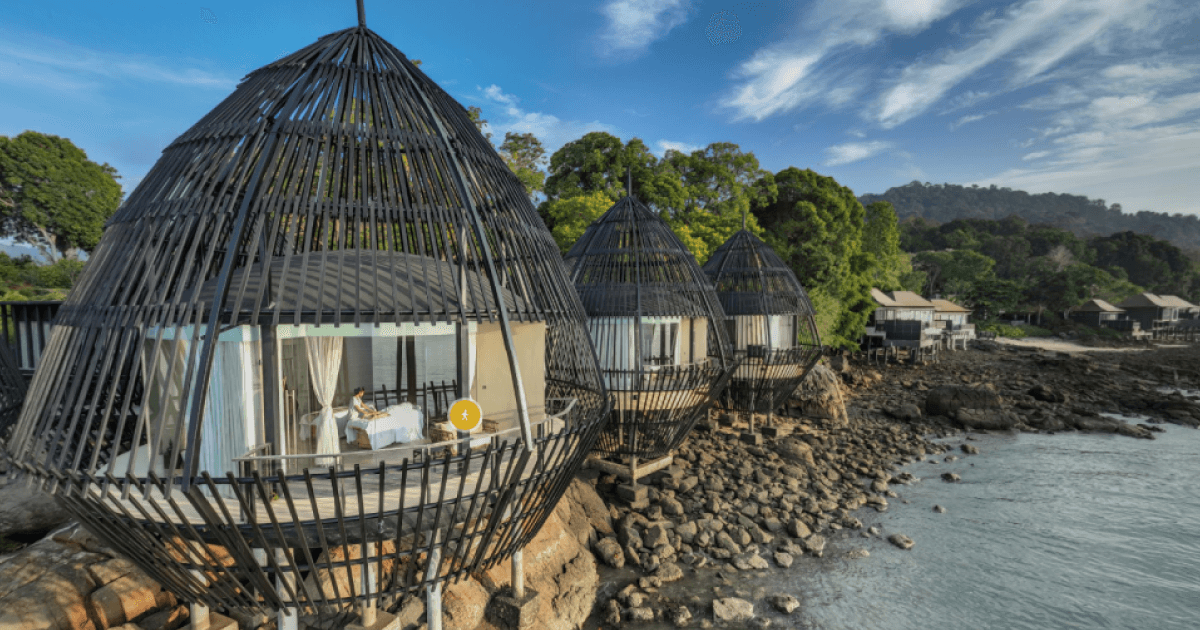
Virtual tours aren’t new but now, more than ever, they have grown to be a popular marketing strategy. Gone are the times when they were simply cool and fancy; now they can be tactical, meaningful and soon necessary for any business to have.
With the pandemic keeping borders closed and people in their homes, people turn to virtual tours to explore spaces before they visit or buy. Businesses with virtual tours saw increased conversion rates by 16% to 67%! From hotels to properties, educational institutions and event spaces, each make use of virtual tours for different purposes and appeal to different audiences.
If you’re looking to have one for your brand, first ask yourself: what makes a great virtual tour? We compiled 8 elements it should have to give your marketing that tech-savvy boost.
What’s your story? What’s unique about your brand?
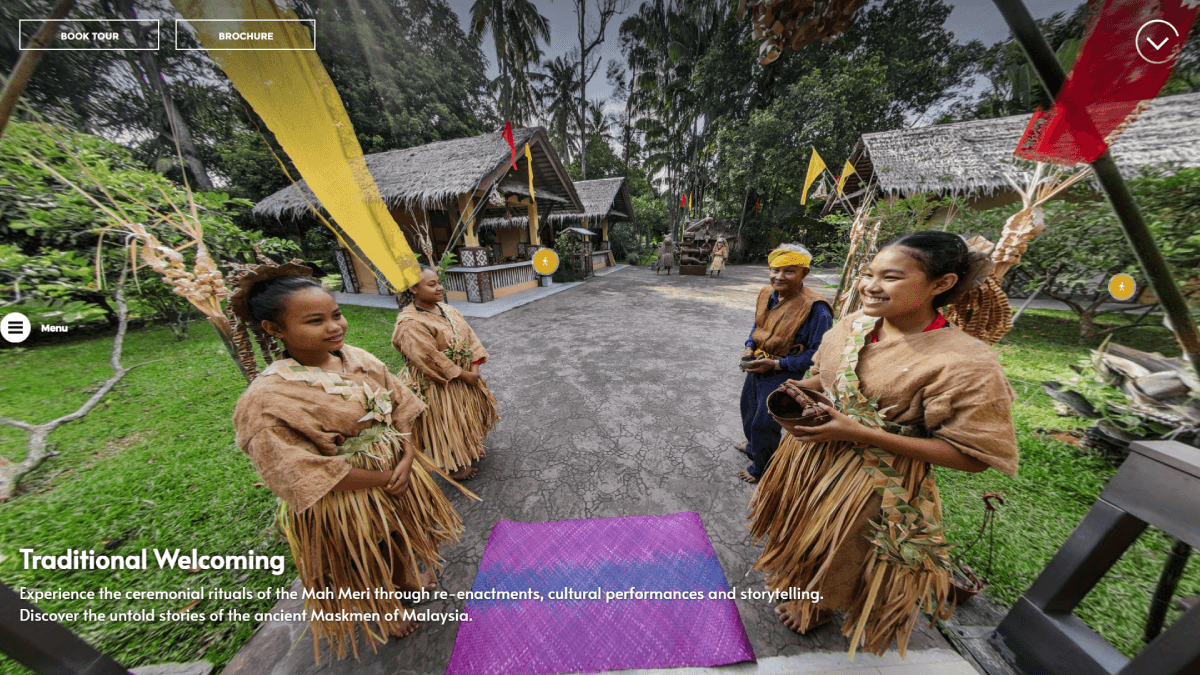
Virtual tours have evolved to be more than just eye candy. Storytelling pulls the threads together by weaving your company vision, values and unique selling points into your virtual tour.
Your story is what differentiates you from your competitors. It also has the ability to create an emotional connection and bring out your personality. For instance, [a virtual tour of the Mah Meri Cultural Village can put the spotlight on the indigenous community.
What does your audience want to know about?
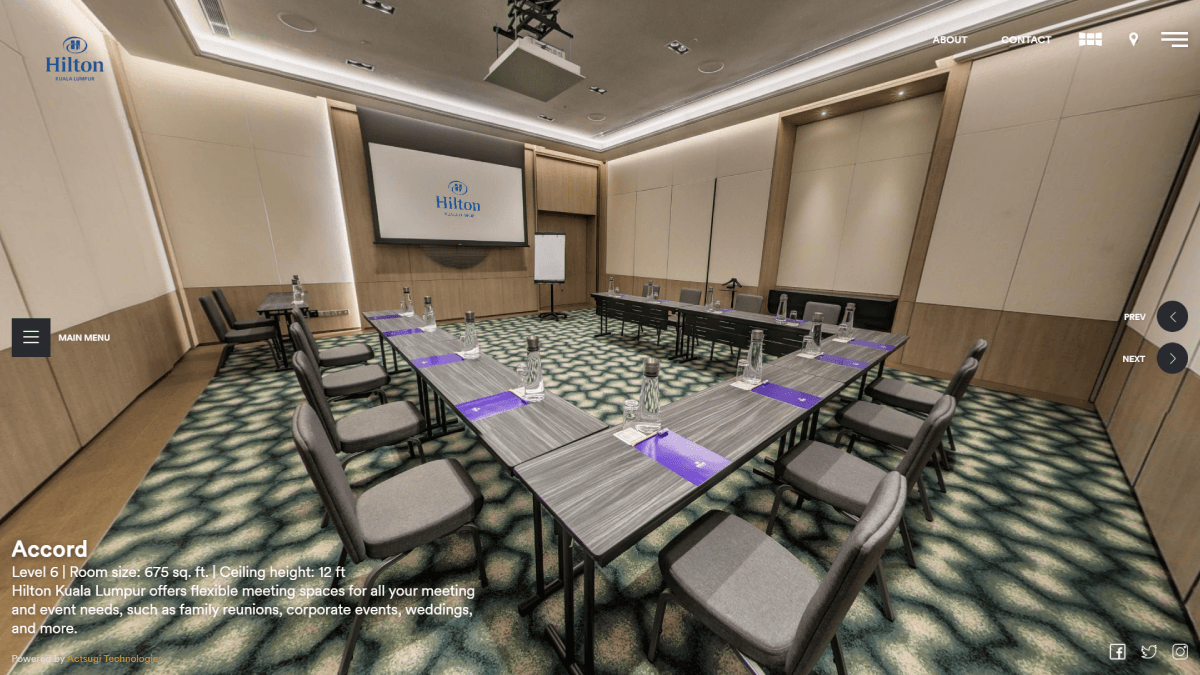
Your audience should be at the core of your virtual tour. For property developers, this is fast becoming an essential way to show customers what the spaces look like. International schools like Universiti Teknologi PETRONAS and Monash University Malaysia have also started leveraging on this technology to bring out the campus, courses and culture. That way, enquiries that come in through the virtual tours are already more likely to convert.
Hotel and event rental businesses are also using virtual walkthroughs to introduce the unique rooms and features. Hilton Kuala Lumpur showcases their signature meeting and event spaces in a virtual tour to attract MICE clients.
What do you want your virtual tour to do?
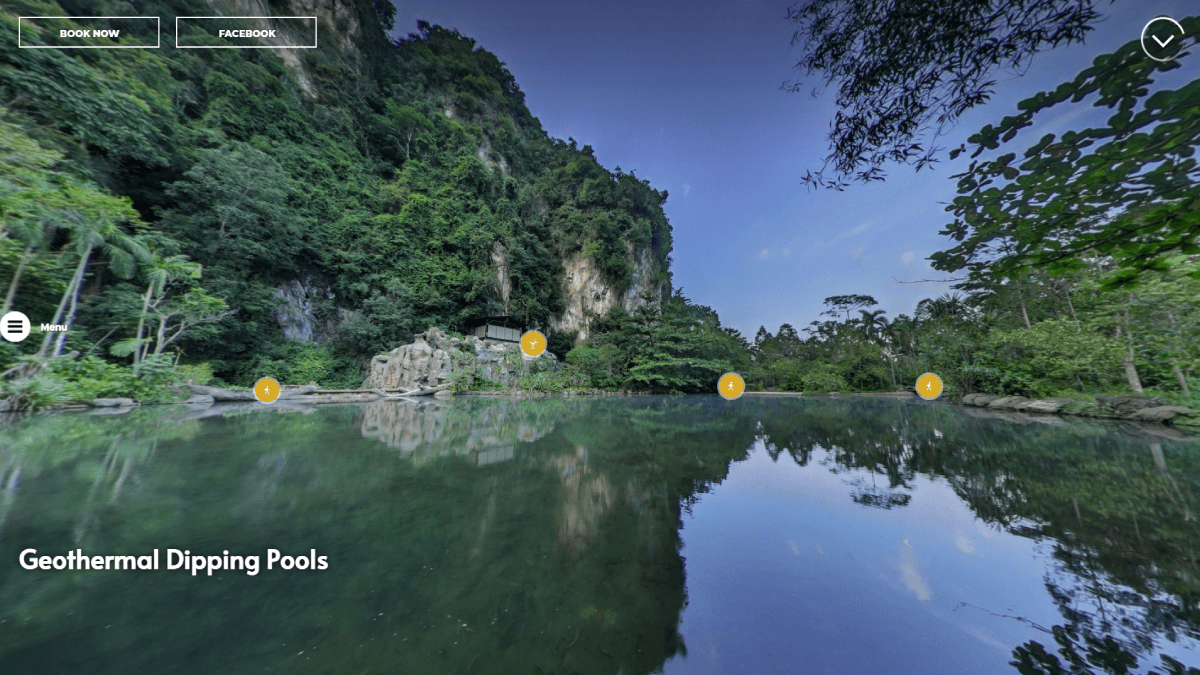
Gone are the days when virtual tours were only about looking fancy. Now, they can be functional, interactive and able to support your business goals.
Apart from having a walkthrough of the space, these virtual tours can include elements such as videos, audio, photos and files to present key information. Customers don’t just want to know what the space looks like; they want to know why they are seeing what they are seeing. Take a restaurant virtual tour, which would be even more immersive simply with with photo gallery of the food and a behind-the-scenes video of the kitchen.
With virtual tours (as with anything in life), it’s the little details that make it matter. You can include lead generation forms to collect data, or use 3D renders to increase the sales potential of a space before it is even constructed. Check out this 3D rendered virtual tour of Quinton Residence to see how that works.
Does everything work intuitively, the way it should?
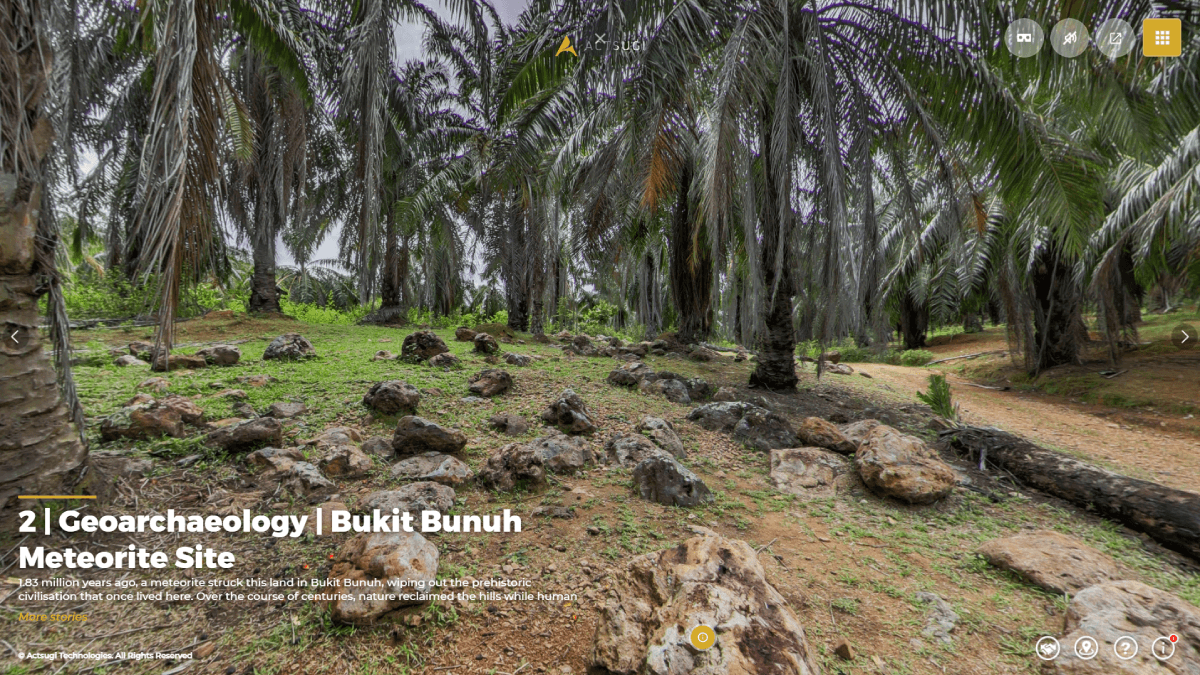
Having an intuitive interface allows users to navigate seamlessly through the virtual tour, interact with the content, and access information effortlessly. This ensures that users can focus on the content rather than struggling with complex controls, resulting in higher engagement and retention rates.
Easy-to-use virtual tours can become powerful tools because they leave a positive impression and make it more accessible to a broader audience.
Wow, is that really what it looks like?
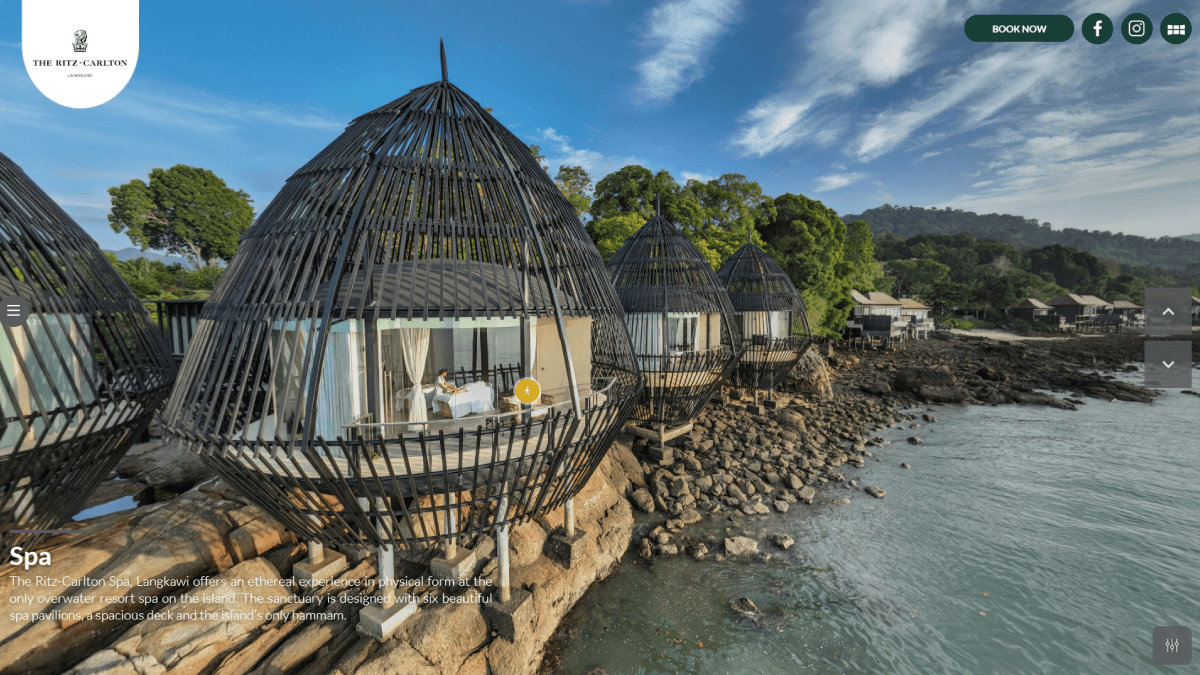
Okay, I know we said that virtual tours aren’t just about being pretty – but it sure helps to have gorgeous imagery! High-quality still photography can do wonders when it comes to marketing – even more so when you see it in 360°.
The beauty of a virtual tour is – first and foremost – in its captivating and realistic visuals. It allows users to experience the atmosphere, and look at the space from different angles. Ideally, you’d want your web visitor’s first impression to be “wow – is that really what this place looks like?“ Check out the beautiful 360° photography in The Ritz-Carlton Langkawi Virtual Tour.
Can it increase your web traffic and engagement?
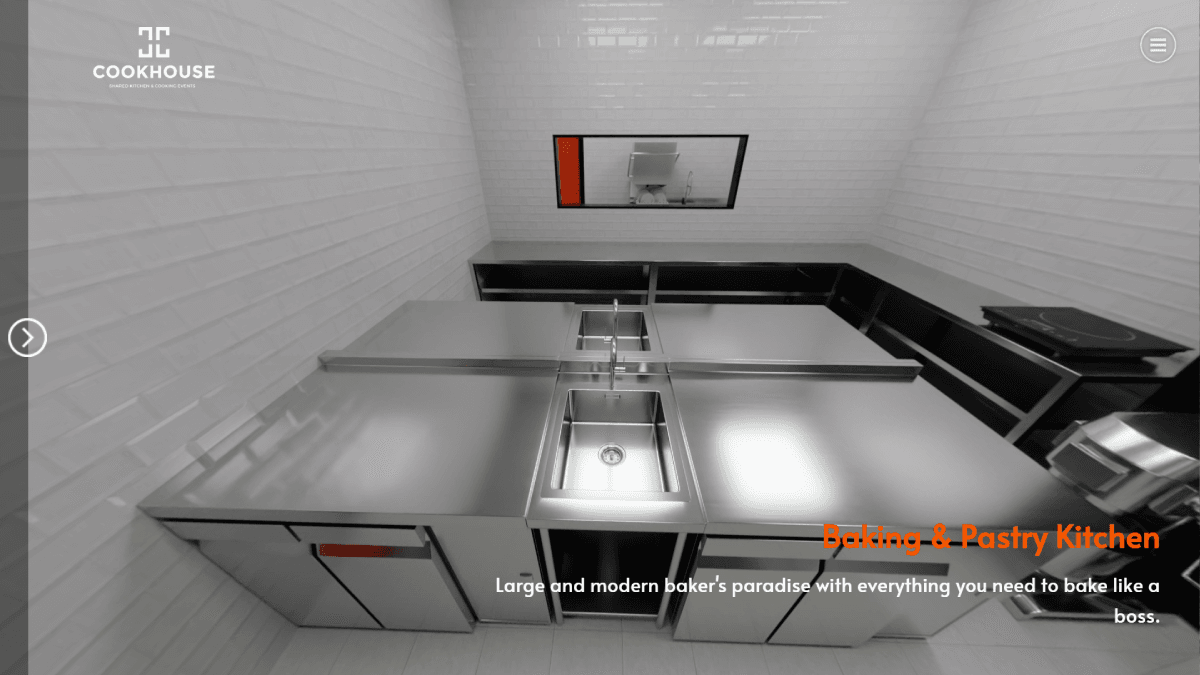
A good virtual tour can definitely give your online branding a boost! With high-quality images, compelling descriptions, immersive media, and even guided tour elements, you can keep users engaged and excited.
Virtual tour providers who are certified by Google Street View can also help you upload your 360° photography into Google to increase your local search and ranking.
So what happens next?
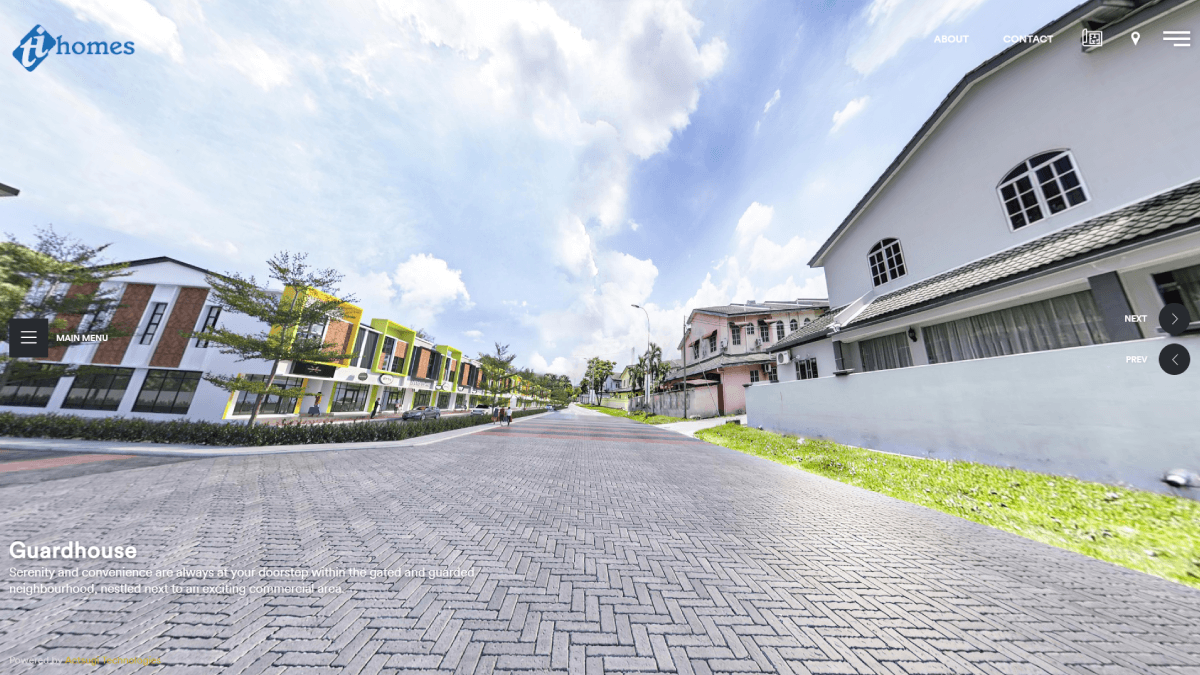
No marketing strategy is effective without a “what’s next” plan. After attracting viewers with your virtual tour, encourage them to take the next action, be it booking a physical visit, calling, booking or ordering. Depending on your conversion goals, there are different buttons you can include. These include links to your website, sign ups, reservation buttons and call buttons.
How can I let everyone see and engage with it?
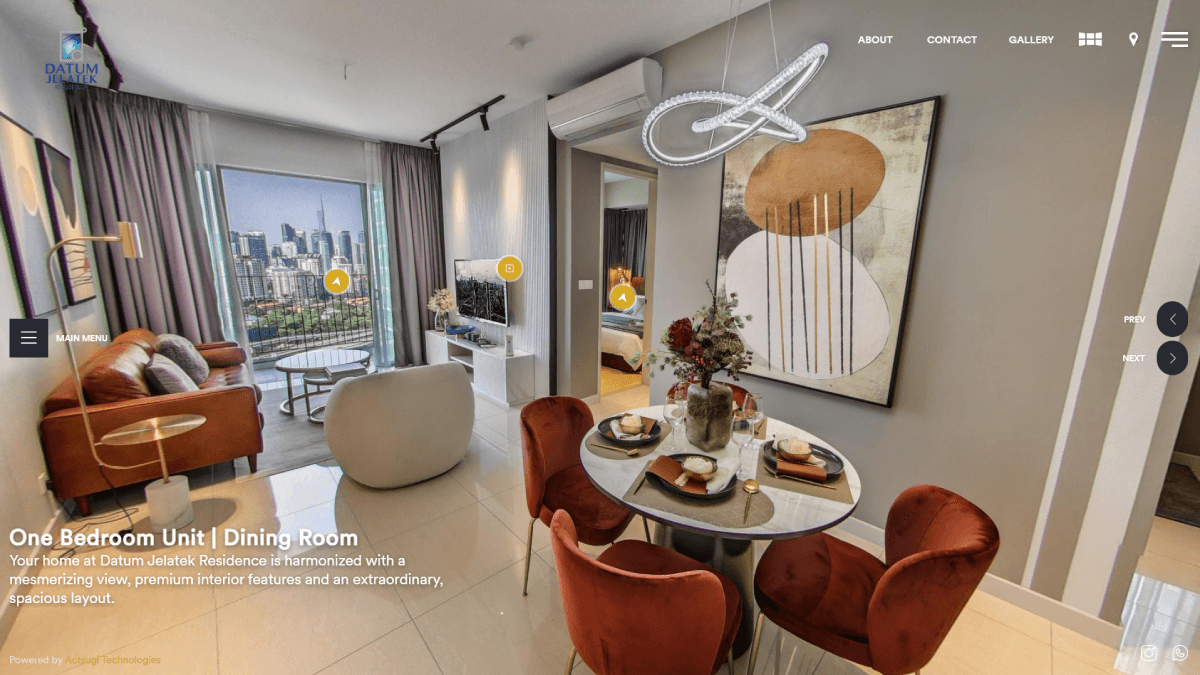
Now that you have your virtual tour, it's time to turn more eyeballs and get people talking about it. A great virtual tour can be seamlessly integrated into all your marketing materials, such as website, newsletters, and touchscreen televisions at events. It should also adaptable enough to fit into all screens without loss of quality.
A great online experience goes a long way towards creating an interactive and immersive customer experience. If you’re looking to enhance your marketing efforts with a virtual tour, be sure that it encapsulates these 8 key elements.